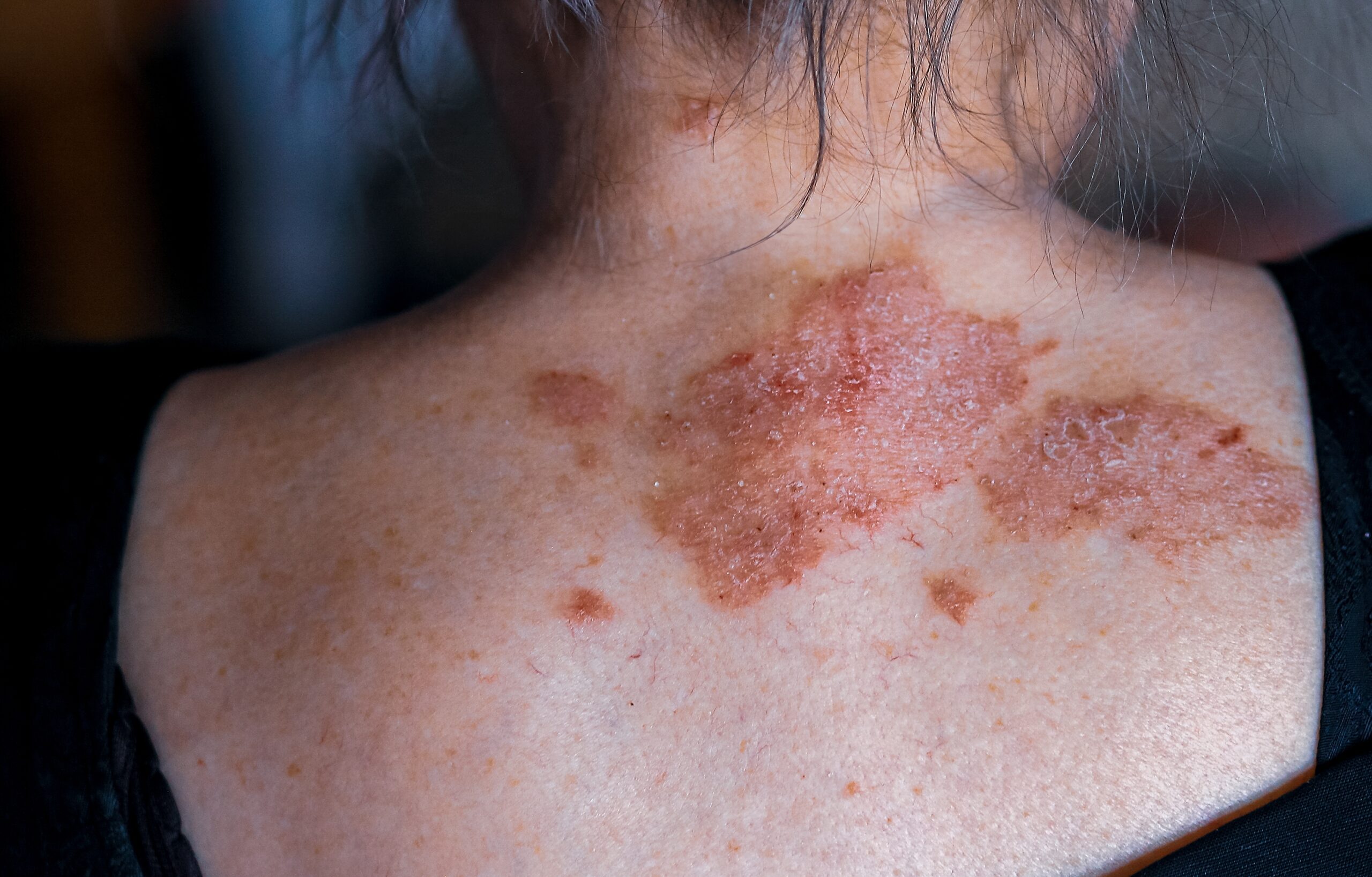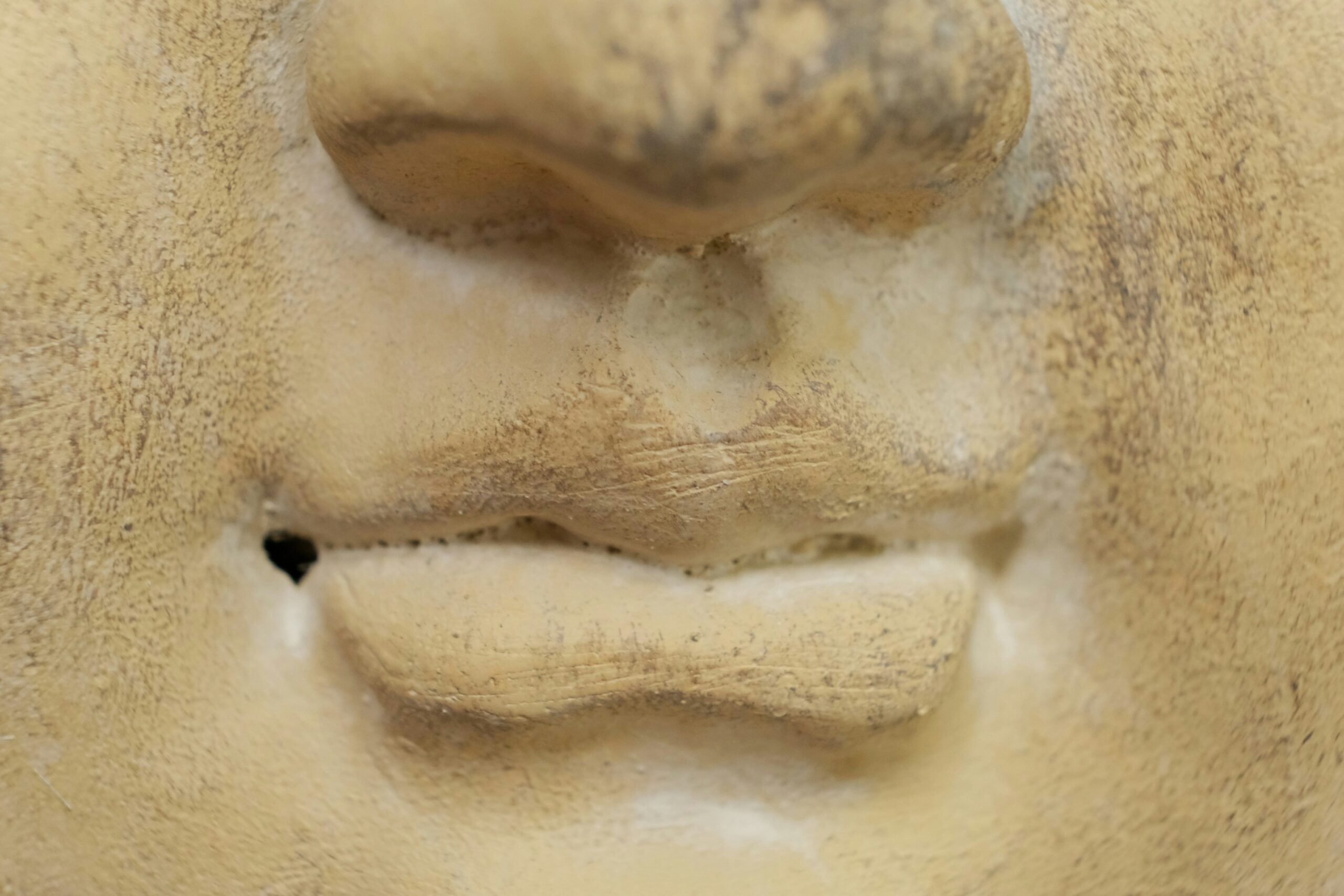Steroid acne is a skin condition that resembles typical acne but arises due to elevated levels of corticosteroids in the body. It commonly develops in individuals with Cushing’s disease or those undergoing systemic steroid therapy. Another form of severe acne may also occur as a result of anabolic steroid use.
There are two primary variants of steroid acne: standard acneiform eruptions and Malassezia folliculitis. It is important to differentiate steroid acne from steroid-induced rosacea, a separate condition that results from the prolonged use of topical corticosteroids.
Those most at risk of developing steroid acne are typically teenagers and adults who have been on moderate to high doses of oral corticosteroids, such as prednisone or dexamethasone, over several weeks. The condition may arise in the context of various underlying medical issues being treated with systemic steroids.
Clinical features of steroid acne often begin on the chest, but may also extend to the face, neck, back, and arms. The eruption tends to appear more uniform than typical acne vulgaris, often consisting of monomorphic papules and pustules. In some cases, the appearance may resemble a flare of acne vulgaris on steroid-sensitive areas.
A significant proportion of steroid acne cases are actually due to Malassezia folliculitis, a yeast-driven follicular eruption. This variant is triggered by an overgrowth of Malassezia species (formerly known as Pityrosporum), which are part of the normal skin flora. Malassezia folliculitis presents as itchy, uniform-sized papules and pustules, typically on the chest and back, and lacks the comedones (blackheads or whiteheads) seen in traditional acne.
Steroid acne may sometimes improve even without stopping the corticosteroid therapy, but in many cases, it persists until the steroids are reduced or discontinued.
Treatment is tailored based on the underlying cause and the clinical presentation. Standard acneiform steroid eruptions are often managed with topical anti-acne agents and oral tetracycline antibiotics, such as doxycycline. When Malassezia folliculitis is diagnosed, topical antifungals (e.g., ketoconazole shampoo) or oral antifungal medications (such as itraconazole) are typically effective. In more resistant or severe cases, oral isotretinoin may be considered, as it is effective in treating both types of steroid-related acne.
At the Centre for Medical and Surgical Dermatology, personalized acne treatment plans are available, tailored to each patient’s specific needs and underlying health conditions.
For more information about acne in general, visit the following link:



